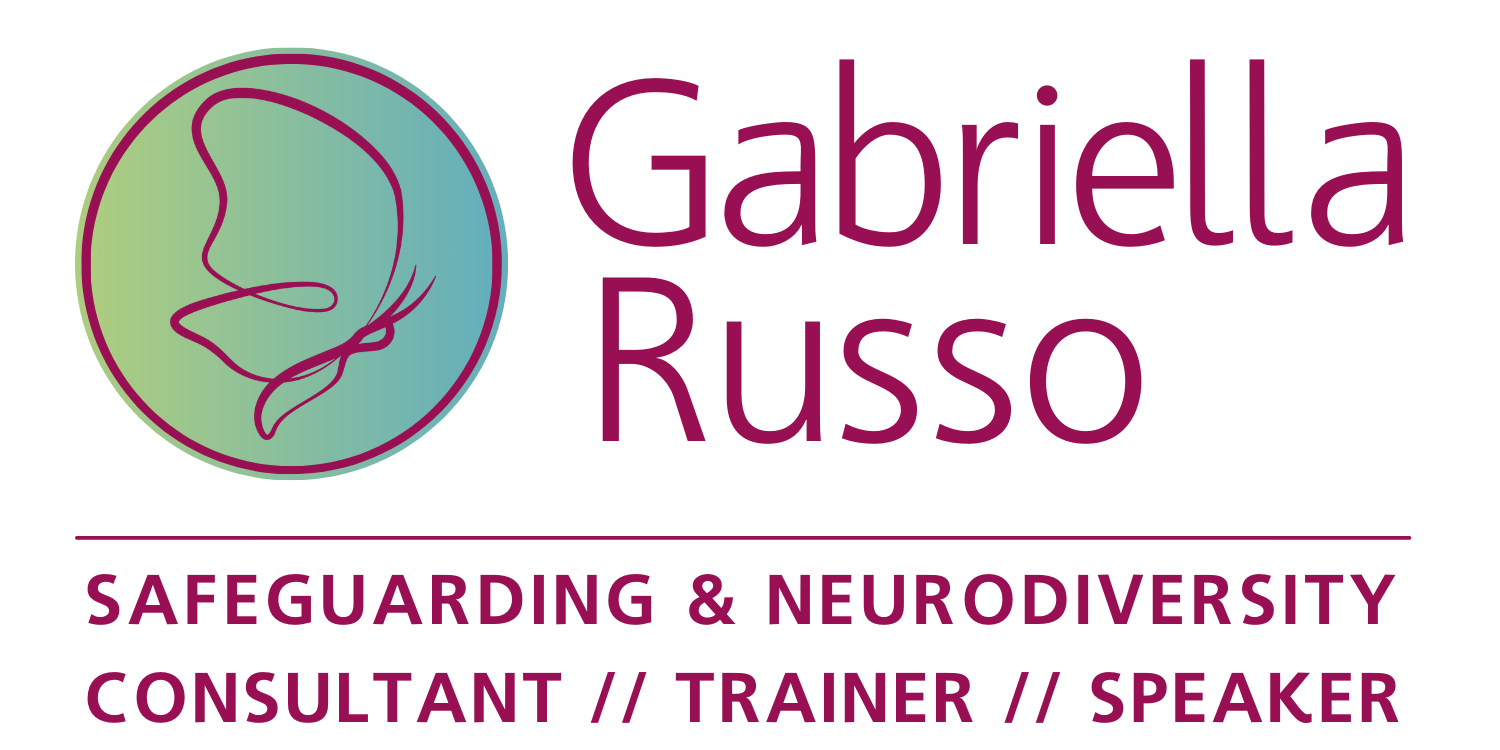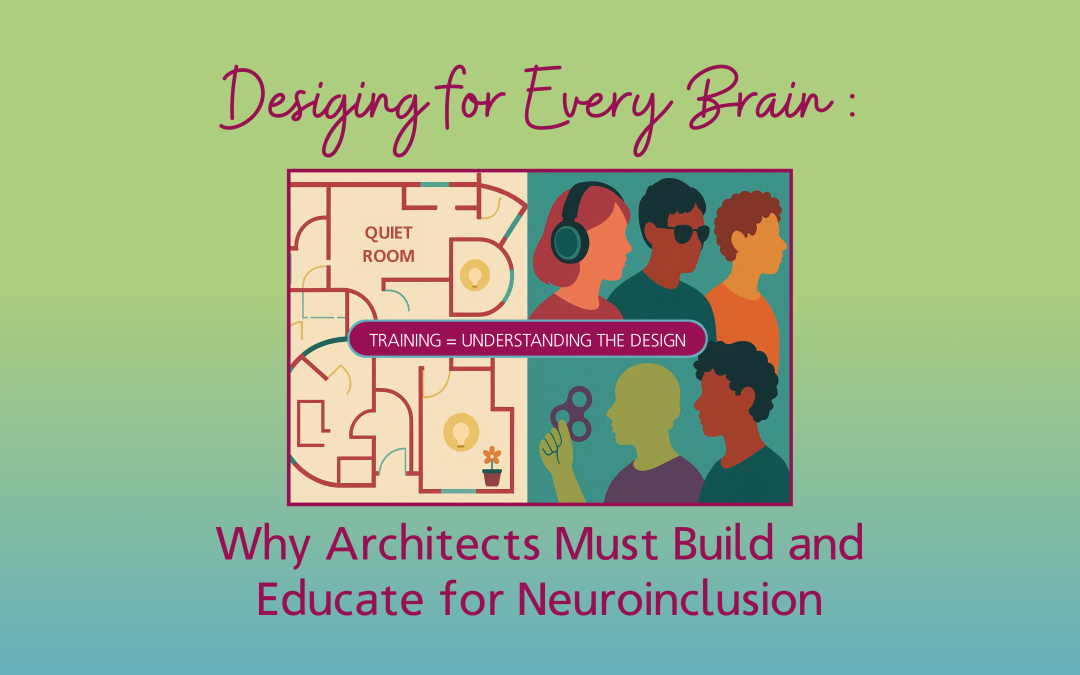“Design isn’t just how something looks – it’s how it makes people feel.”
I grew up around the building industry – my Dad had his own building company and I have been lucky enough to have his help in desiging and renovating both homes I’ve owned so that they suit me, my lifestyle and my needs. I love the creativity that designing my homes has allowed me, and I love a good renovation project!
We often celebrate accessible architecture in terms of ramps, lifts, and wide corridors. But there’s another kind of access we’re only beginning to take seriously – sensory access. And that’s where considering neurodiversity needs to enter the conversation.
As someone who has worked in safeguarding and neurodiversity for over 30 years, I’ve seen first-hand the toll that poor environmental design can take on people. I’ve also seen how thoughtful, inclusive design can become a lifeline for those who experience the world differently.
But here’s something I’ve also seen – and it’s not talked about enough.
Even the most beautifully designed, neuro-inclusive spaces can fall flat if the people using them don’t understand why those choices were made.
Neuroinclusive Design Needs a Neuro-aware Culture
Architects and designers are leading the way – incorporating calming colour schemes, improved acoustics, sensory-safe quiet rooms, and clear wayfinding strategies. This is a huge step forward.
Standards like PAS 6463:2022 are helping us build environments that support different sensory needs and neurocognitive profiles – not just for neurodivergent individuals, but for everyone.
But if the organisation moving into that building has never trained its teams on neurodiversity?
- That quiet space might be seen as unnecessary or unused.
- Managers might label someone’s sensory overwhelm as “unprofessional”.
- HR might struggle to recognise neuroinclusive design as an access feature.
- And the workforce may still feel misunderstood, unsupported, or burned out.
The design isn’t the problem. The culture just hasn’t caught up.
Why Understanding Neurodiversity Matters
Neurodiversity refers to the natural variation in how people think, process information, and experience the world. It includes – but isn’t limited to – autism, ADHD, dyslexia, dyspraxia, tourettes, sensory processing differences and more.
In the UK, it’s estimated that 1 in 5 people are neurodivergent. The true number is likely much higher.
When the built environment doesn’t consider this, people suffer:
- Overstimulation from lighting or sound
- Difficulty navigating confusing layouts
- No options to retreat, regulate, or re-focus
- A culture that doesn’t understand why these things matter
What Architects Can Do — and Why It’s Not Enough on Its Own
If you’re working in design or architecture, you’re already positioned to change lives through the environments you shape. You can:
- Use flicker-free, dimmable lighting
- Integrate sound-absorbing materials
- Offer calm, quiet spaces as standard
- Prioritise simplicity, flow, and natural elements
- Include multisensory wayfinding tools
These changes create inclusive spaces by design – but they also send a message.
That message only lands if the people using the space understand it.
That’s where training comes in.
Build the Culture to Match the Design
As a qualified Thrive Neurodiversity trainer, I deliver our CPD-accredited training for workplaces to help them understand and embrace neurodiversity – at all levels.
I work with:
- Whole teams – through our Aware webinars
- Neurodiversity Champions – who lead culture change
- Managers – so they can support neurodivergent team members effectively
Our training brings the why to your what.
Because a quiet room without understanding becomes wasted space. A sensory-friendly layout without education becomes overlooked. And neuroinclusive design without neuroaware people? That’s simply window dressing.
You Design the Space. Let Me Help People Feel Safe In It.
This isn’t just about compliance. It’s about dignity. Belonging. Thriving.
If you’re an architect, designer, planner or developer, I invite you to start asking your clients:
- “Have you trained your team on neurodiversity?”
- “Do your managers understand how to use this space well?”
- “Will your people feel safe and empowered here – not just present?”
Because buildings don’t create culture. People do.
Let’s talk:
What’s one way your designs already support neurodiversity – and what would take it further?
If you’d like to talk about this or know more about how I can support you and your clients, get in touch!
#Neurodiversity #InclusiveDesign #Architecture #WorkplaceCulture #ThriveWithGabriella #GabriellaRussoNeurodiversity

